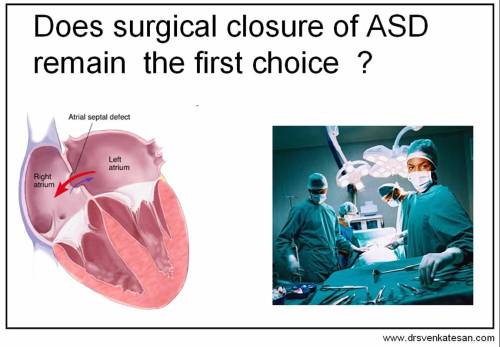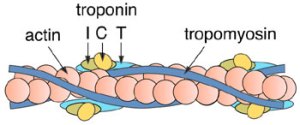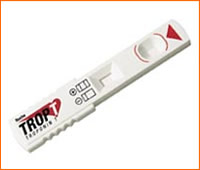Thrombolytic therapy , has been the specific treatment for STEMI for many decades. Primary PCI* is shown to be superior than thrombolysis if performed early by an experienced team in a dedicated facility. (*Conditions apply). It is estimated , currently only a a fraction STEMI population get primary PCI (<5%) in ideal conditions . Another fraction , get primary PCI by inexperienced cardiologists in low volume centres.
So , thrombolysis remains, and would continue to remain , the primary mode of therapy for STEMI in the present and near future !
How do you assess the successful thrombolysis ?
It should be recognised , there is a fundametal flaw in this question !
The aim of thrombolytic therapy is not to lyse the thrombus , but also to restore the coronary blood flow to the myocardium – also called reperfusion . One may wonder , why the term , thrombolysis should ‘t be used interchangeably with reperfusion.
A successful thrombolysis never guarantees a good reperfusion , for the simple reason , distal blood flow in an obstructed coronary artery is dependent on , many factors other than relief of obstruction.
Apart from the potency of drug, other important factors that determine successful lysis & reperfusion are . . .
- Timing of opening of artery , if the thrombolysis is delayed , the distal myocardium is dead , and it won’t allow blood flow to enter the mycardium.
- Microvascular integrity is as vital as epicardial vessels.
- Distal microvascualture plugging by the thrombotic debri . This is called”no reflow “
So , we should primarily assess myocardial reperfusion rather than epicardial thrombolyis ! following thrombolysis .
What are the parameters available to assess successful reperfusion /thrombolyis?
- Clinical : Relief from chest pain. Angina relief , though subjective is an indication for adequate reperfusion of ischemic myocardium.
- ECG-ST segment regression > 50%
- Cardiac enzymes: Early flushing of intra myocytic CPK into systemic circulation and hence early peaking of CPK MB (<1ohours instead of 24h)
- Reperfusion arrhythmias(AIVR-Less specific) .Primary VF is now thought to be reperfusion related.
- Infract related artery(IRA) patency by coronary angiogram
- Distal TIMI flow/ myocardial blush score/ TIMI frame count
ECG ST regression , is a direct indicator myocardial reperfusion as the ST segment shifts towards baseline , implies of infarct current of injury . ST regression almost always correlate with good recovery of LV function in STEMI .
IRA patency , is an epicardial index , it does not give information about myocardial blood flow . But , a good distal TIMI flow generally indicates good reperfusion.This again , is not a fool proof index, as even many of the TIMI 3 flow patients have severely damaged myocardium by echocardiography .
Final message
For the above reasons, one should always make a distinction between successful lysis and successful reperfusion . Surprisingly , ECG is the gold standard for assessing successful reperfusion of myocardium , while CAG tell us about epicardial patency and possibly reperfusion also.











